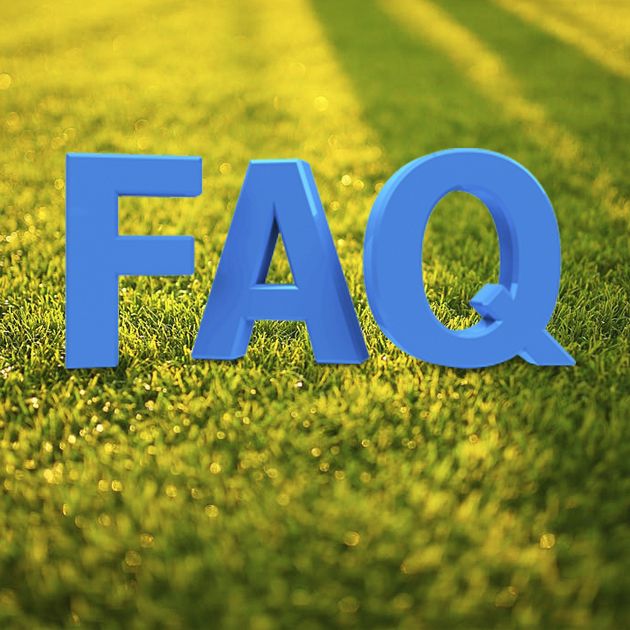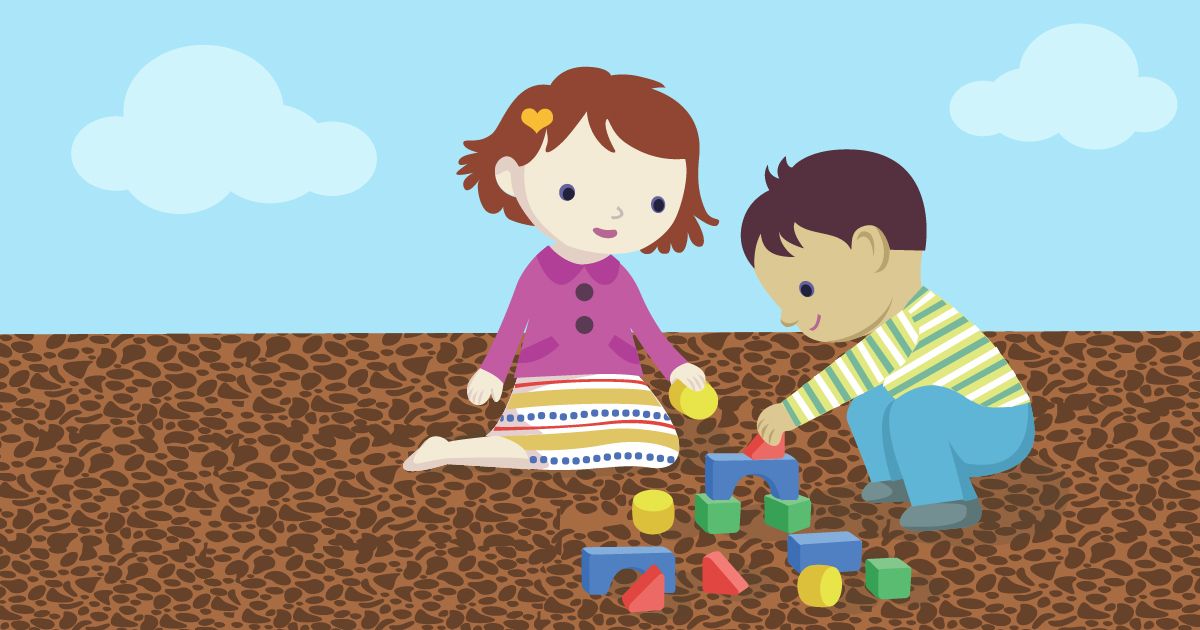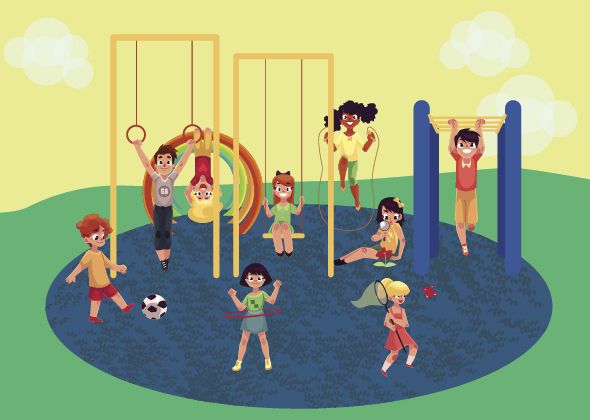Surfaces for a Playground
 “The most important thing in life is learning how to fall.” (Jeanette Walls, Half Broke Horses ). And while that may be true, when it comes to your playground, proper safety products will soften the learning process, enabling kids to explore and develop safely.
“The most important thing in life is learning how to fall.” (Jeanette Walls, Half Broke Horses ). And while that may be true, when it comes to your playground, proper safety products will soften the learning process, enabling kids to explore and develop safely.
It may be hard to imagine now, but playgrounds weren’t always constructed with fall safety in mind. In fact, playground equipment of old attached directly into existing dirt or concrete without much concern for protective surfacing. However, today, thanks to our collective concern for child safety and wellbeing, the market offers many protective mulch options.
At first glance, the process can appear overwhelming; after all, you’re forced to choose between wood mulch, rubber mulch, rubber tiles, and pour-in-place surfacing. And each option has its strengths and weaknesses. So, how do you balance all of your needs, like price, space, and your targeted age demographic? Don’t worry. We’ve got you covered. Read on to find your perfect playground match.
What is the floor of a playground made of?
All safe playgrounds use protective surfacing to help protect children from potential falls and impacts. This cushioning layer can be made from all sorts of different materials, although some are generally preferred over others. The three most common varieties are wood mulch, rubber mulch, and poured-in-place surfacing.
What is the best mulch for a playground?
There is some debate over whether rubber mulch is better than wood mulch. While it has been claimed that rubber mulch can be a source of harmful chemicals government-funded research by the EPA has discredited these claims. At any rate, rubber mulch is much softer and bouncier to provide greater protection, and also does not carry the risk of splinters.

What is the best material to use under a swing set?
Swing sets are naturally one of the areas where protective surfacing is the most important. Kids like to build up momentum on the swings and then jump up as high as they are able to go. Because of this, the sharp edges and splinters which are commonly associated with wood mulch can be potentially hazardous. Because of this, rubber mulch or pour-in-place surfacing is the recommended material to use underneath a swing set.
How much mulch is needed on a playground?
It is often hard to tell how much mulch is needed to make a particular play area safe. A good rule of thumb, however, is that it’s better to have too much mulch than too little. The American Society for Testing and Materials has said that three to six inches of rubber mulch is the minimum depth that is needed in order to protect children from falls of six to twelve feet.
What is the best playground surface material?
So when it comes down to it, which surface material is best for your playground? All of the options carry unique advantages. However, with all factors in mind, rubber mulch is usually the best option for most playgrounds because it is soft, safe, inexpensive, and can come in a wide selection of colors to match any playground.


